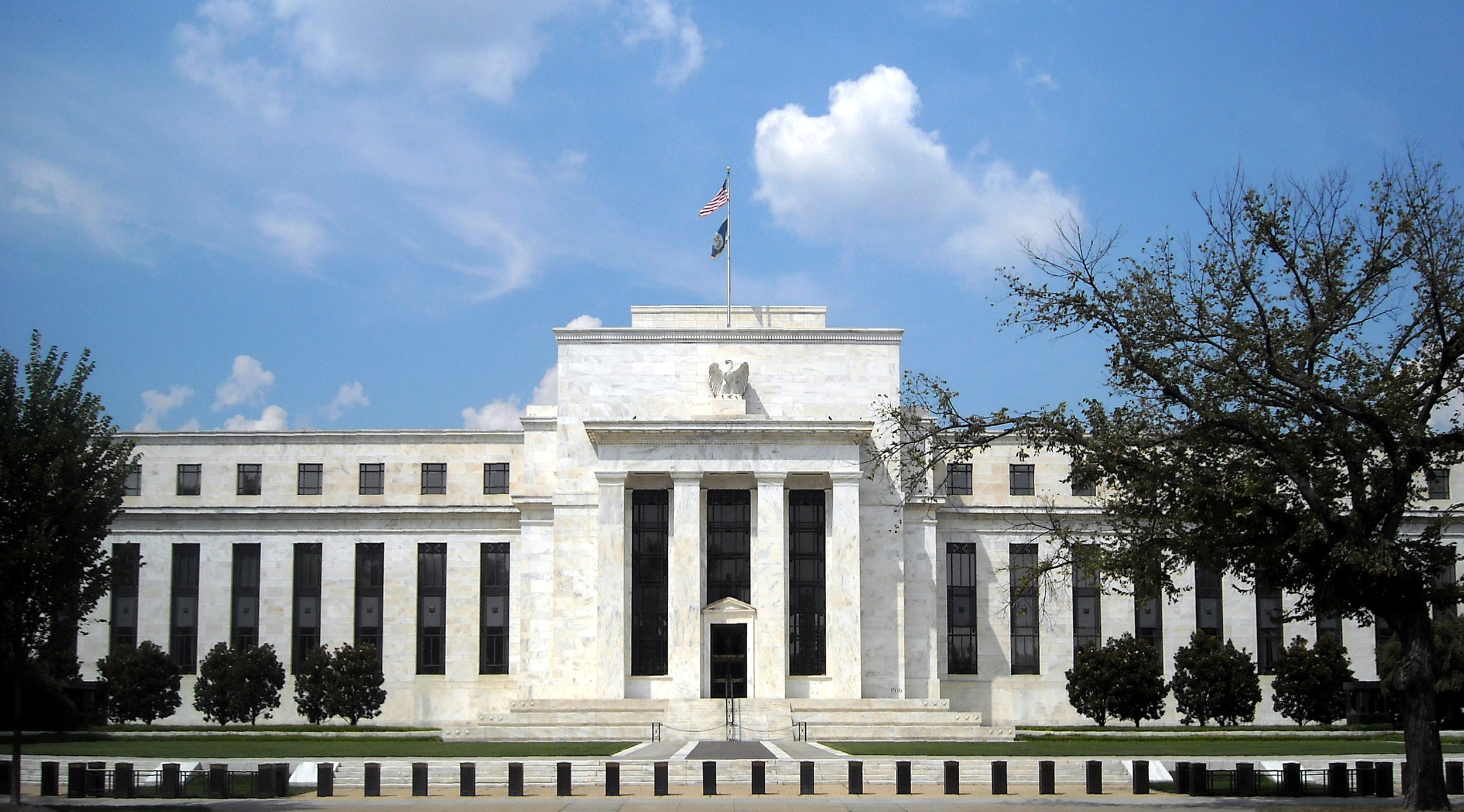Today the Adam Smith Institute has released a new paper: "Quids In: How sterlingization and free banking could help Scotland flourish", written by Research Director of the Adam Smith Institute, Sam Bowman. Below is a condensed version of the press release; a full version of the press release can be found here. An independent Scotland could flourish by using the pound without permission from the rest of the UK, a new report released today by the Adam Smith Institute argues.
The report, “Quids In: How sterlingization and free banking could help Scotland flourish”, draws on Scottish history and contemporary international examples to argue for the adoption of what it calls ‘adaptive sterlingization,' which combines unilateral use of the pound sterling with financial reforms that remove protections for established banks while allowing competitive banks to issue their own promissory notes without restriction. This, the report argues, would give Scotland a more stable financial system and economy than the rest of the UK.
According to the report, adaptive sterlingization would allow competitive, private banks to issue their own promissory notes backed by reserves of GBP (or anything else – including USD, gold, index fund shares or even cryptocurrencies like Bitcoin). With each bank given powers to expand and contract its balance sheet relative to demand, this system would be highly adaptive to changes in money demand, preventing demand-side recessions in modern economies such as the ones that led to the 2008 Great Recession.
The report’s author, Sam Bowman, details Scotland’s successful history of 'free banking' in the 18th and 19th centuries and the period of remarkable financial and economic stability which accompanied it. Historical ‘hangovers’ from this period, like Scotland's continued practice of individual bank issuance of banknotes, are still in place today, making Scotland uniquely placed for a simple transition to the system outlined in the report.
The report highlights evidence from 'dollarized' economies in Latin America, such as Panama, Ecuador and El Salvador, which demonstrate that the informal use of another country’s currency can foster a healthy financial system and economy.
Under sterlingization, Scotland would lack the ability to print money and establish a central bank to act as a lender of last resort. Evidence from dollarized Latin American countries suggests that far from being problematic, this constraint reduces moral hazard within the financial system and forces banks to be prudent, significantly improving the overall quality of the country’s financial institutions. Panama, for example, has the seventh soundest banks in the world.
The report concludes that Britain's obstinacy could be Scotland's opportunity to return to a freer, more stable banking system. Sterilization, combined with reform of Scottish financial regulation that:
-
removed government liquidity provisions to illiquid banks,
-
established mechanisms to ‘bail-in’ insolvent banks by extending liability to shareholders, and
- shifted deposit insurance costs onto banks and depositors rather than taxpayers,
would improve standards and competitiveness in banking, while significantly reducing the prospect of large-scale bank panics and financial crises.
Commenting on his report, the Research Director of the Adam Smith Institute, Sam Bowman, said:
The Scottish independence debate has repeatedly foundered on the question of currency, but if Scots look to their own history they will find that their country is a shining example of how competition in currency and banking can ensure a stable and effective banking system. Scotland’s free banking era was an economic and intellectual Golden Age, and its system of competitive note-issuance was recognised by such thinkers as Adam Smith as one of the root causes of the country’s prosperity during this time.
The examples of Panama and other dollarized Latin American economies are proof that countries can thrive when they unilaterally adopt another country’s currency. Combined with a flexible, adaptive banking system, the unilateral use of another country’s currency can instill a discipline in a country’s financial sector that neither a national currency nor a currency union can provide. Scotland’s banking system is almost uniquely primed for such a system of ‘adaptive sterlingization’. The path outlined in this paper would go almost unnoticed by the average Scot – until the next big economic shock, when they might just wonder why their system was so much more stable than that of the country they’d left behind.








